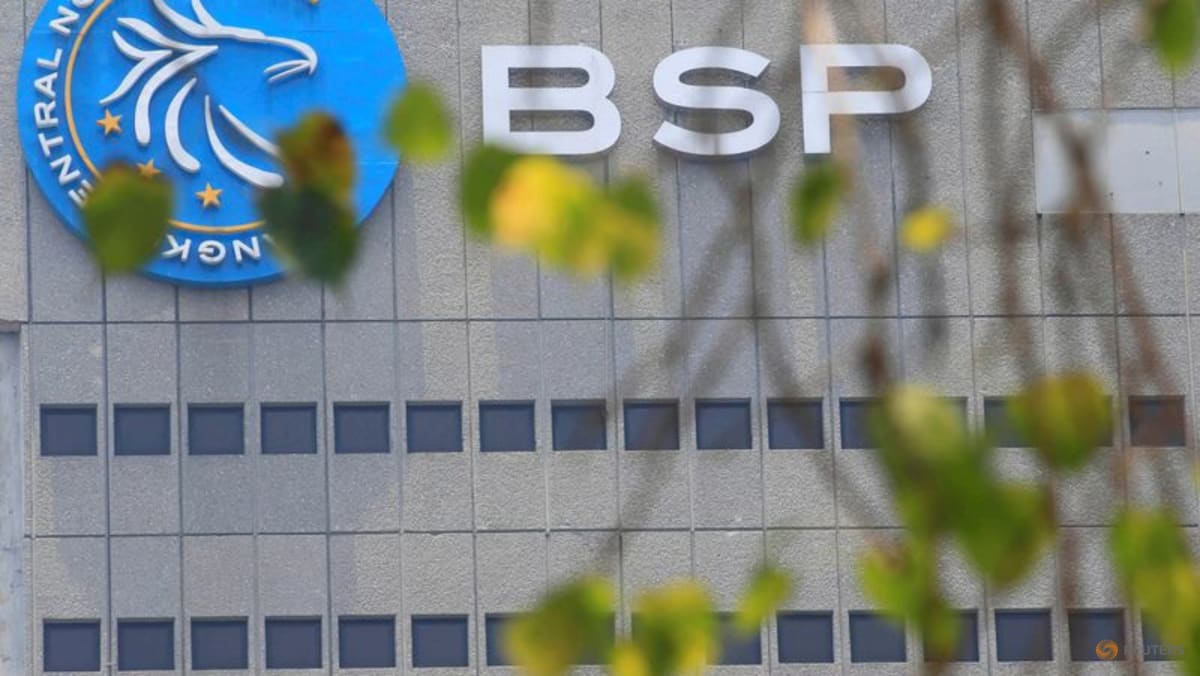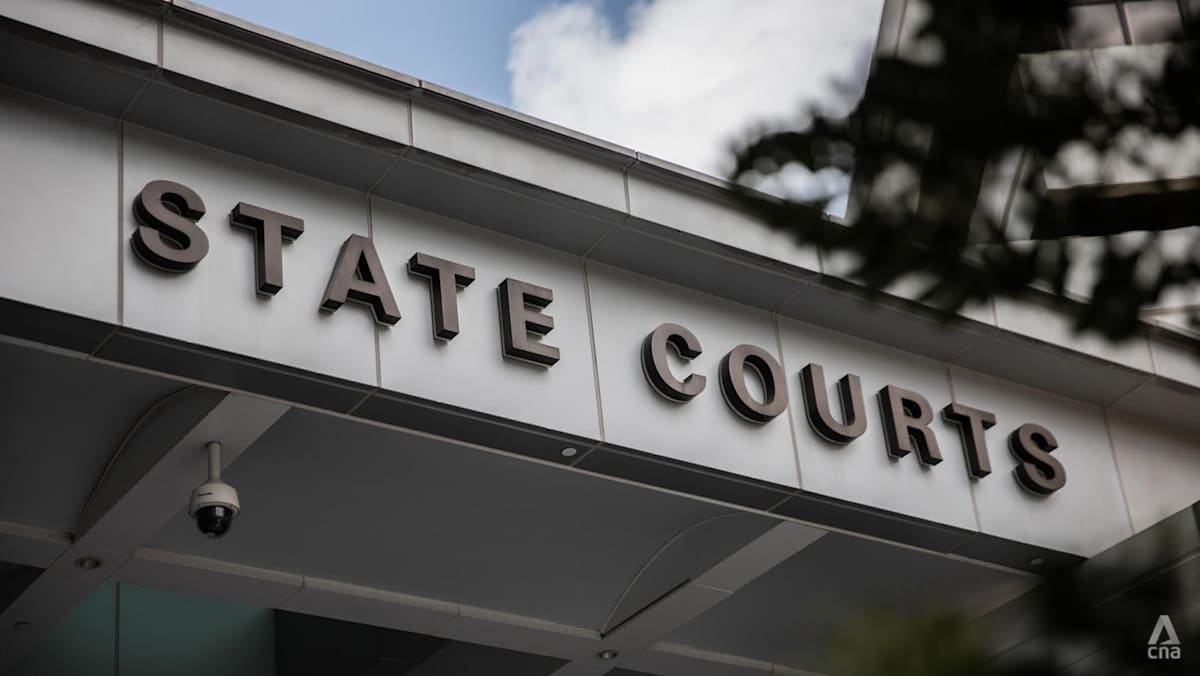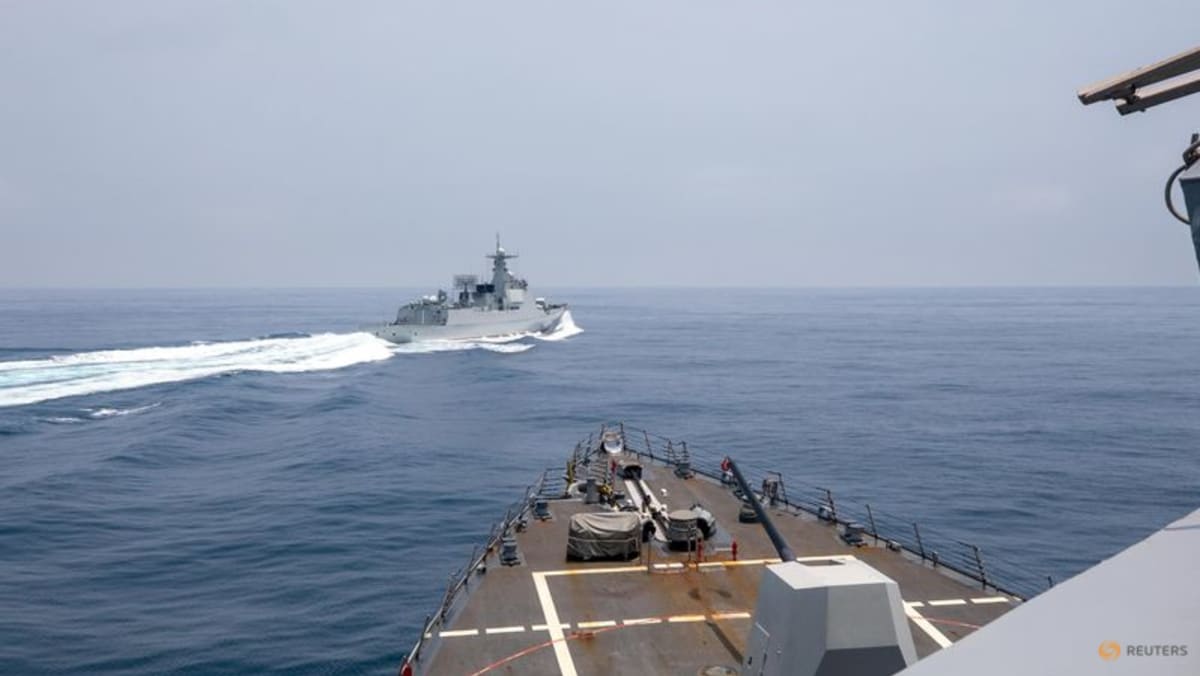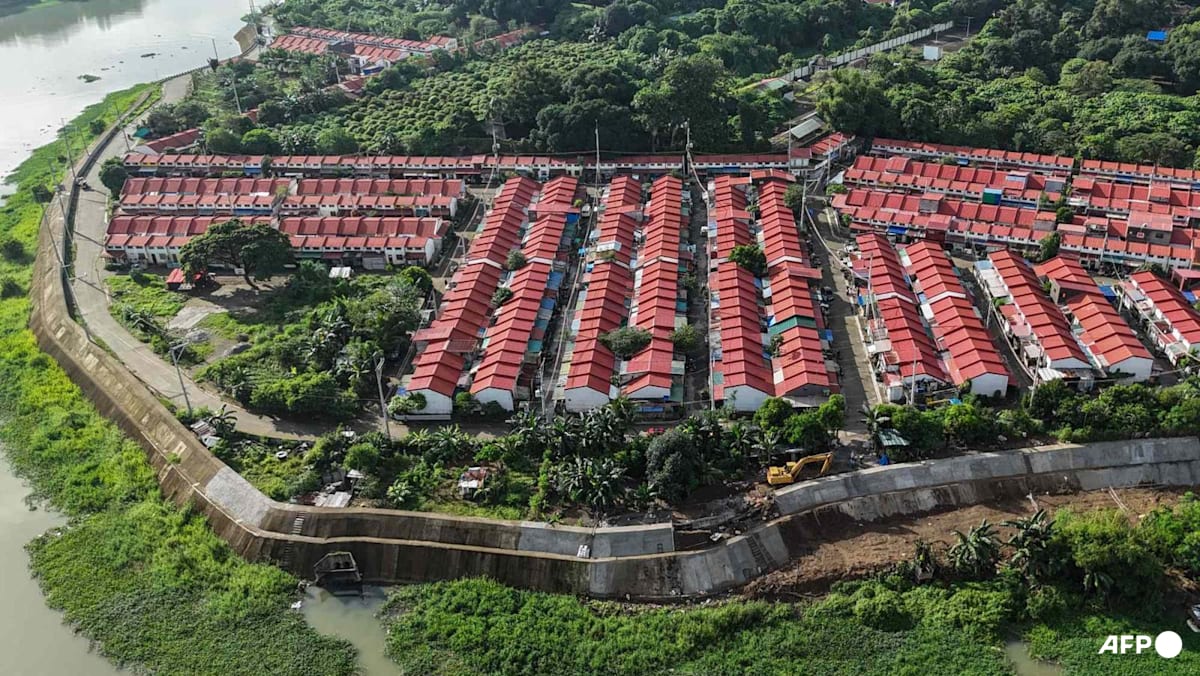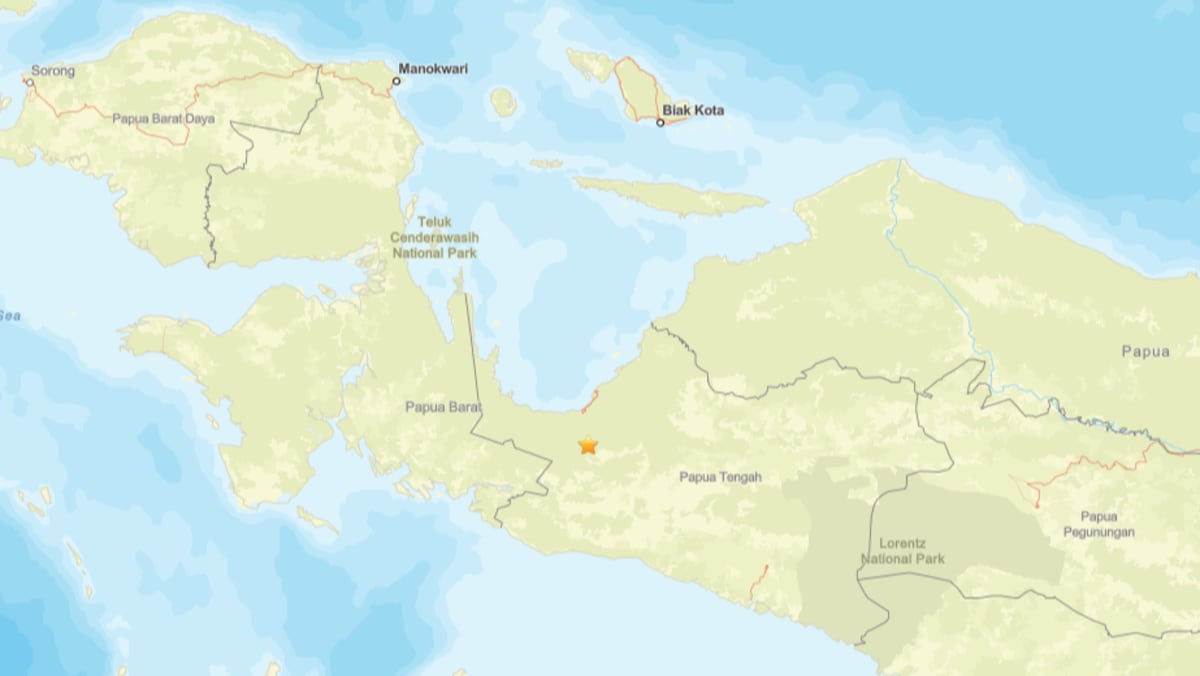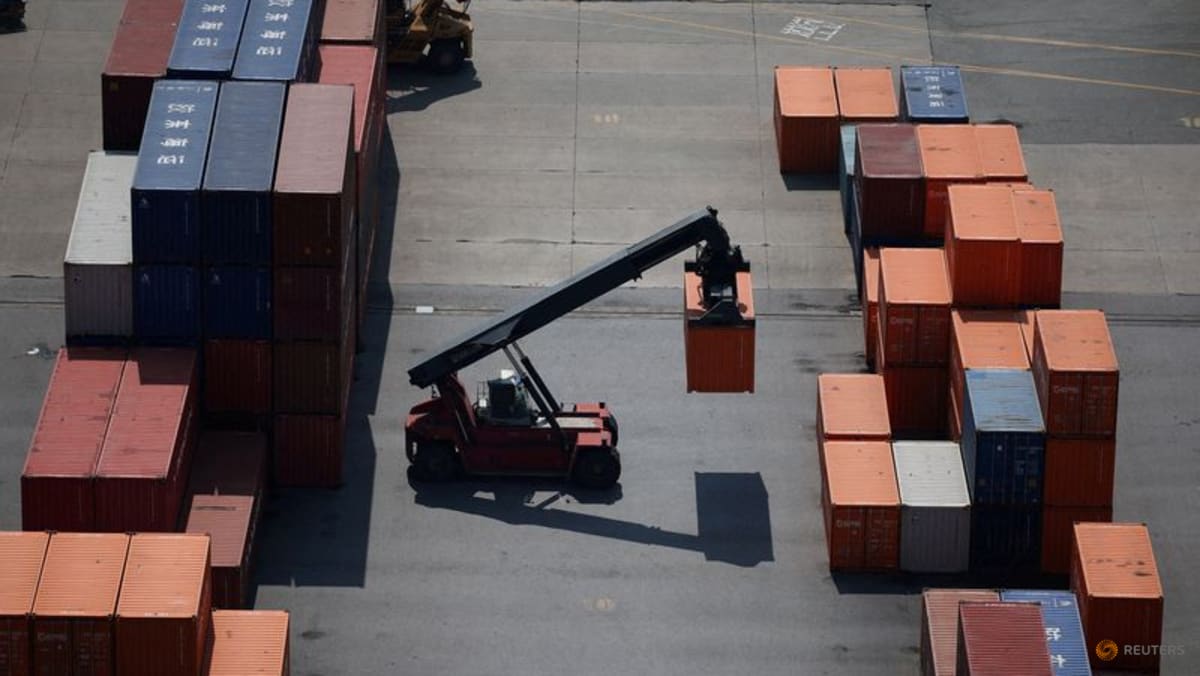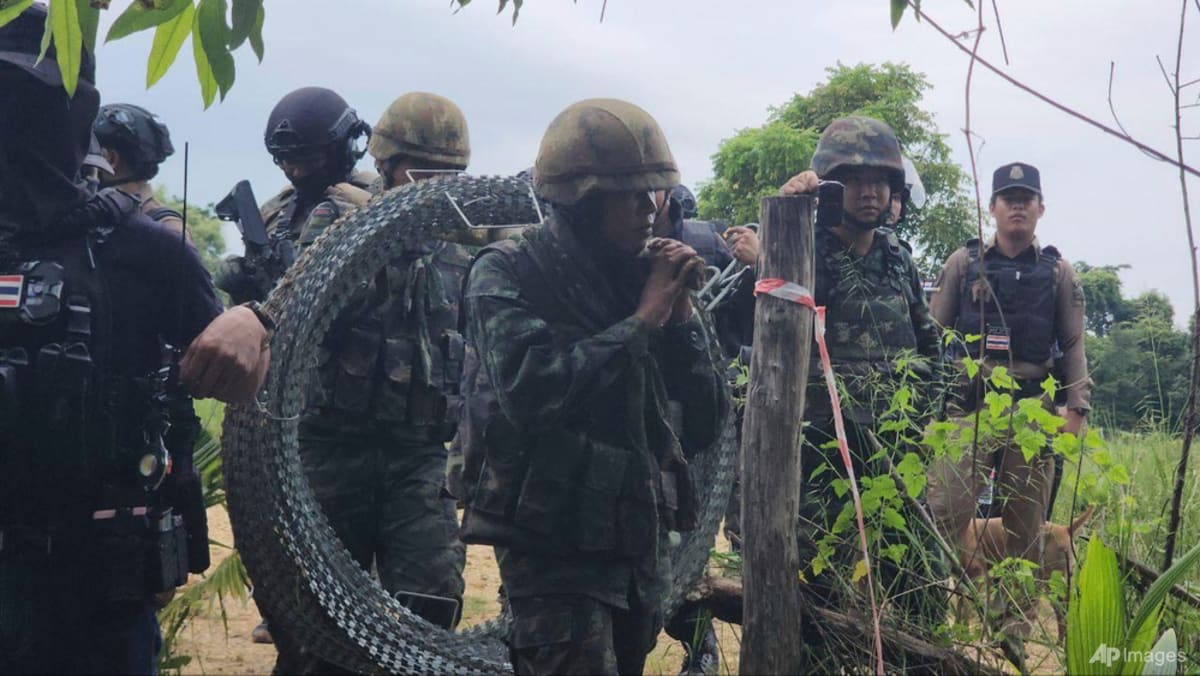AMERICA’S MOTIVATIONS
Based on past government experience and ongoing exchanges with currently serving officials, a few factors may have motivated Hegseth’s warning.
First, Hegseth’s job, as he defined it, is to “re-establish deterrence”. Part of this effort requires orienting the US military to focus on the most urgent threats. Hegseth and his policy team may be using the warning of imminent conflict in the Taiwan Strait to concentrate the Department of Defense on this strategic challenge.
While Hegseth and his staff may have strategic intent to prioritise Asia, the decision is not theirs alone to make. US President Donald Trump, ultimately, is the decision-maker on force posture questions.
Second, Hegseth may be seeking to dial up pressure on Taiwan to increase its defence spending. From President Trump down through the military chain of command, US officials have been consistently urging Taiwan to commit more resources to national defence.
Currently, Taiwan spends 2.5 per cent of its gross domestic product on defence, with plans to raise that figure to more than 3 per cent. Trump has called for the figure to be raised to as high as 10 per cent – a level far higher than the 5 per cent that the US has called on its allies to spend.
Third, Hegseth may be signalling to Beijing that Washington remains laser-focused on deterring Chinese military adventurism. Indeed, he returned repeatedly to the Trump administration’s focus on deterring Chinese military aggression during his remarks at the Shangri-La Dialogue in early June.
Lastly, Hegseth may be trying to set expectations for America’s allies and partners to contribute more to deterring China from employing force to advance Beijing’s strategic objectives. By ratcheting up a sense of urgency, he may be trying to impress upon America’s allies that the time is now to do more to dissuade China from the use of coercion and force on its neighbours.
